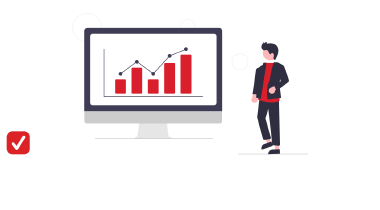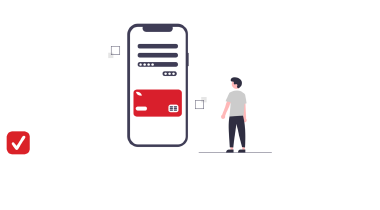Effective debtor management? Measure it with these 3 financial KPIs

With smart debtor management, you can significantly improve your cash flow. But when is your debtor management effective and how do you measure it? Payt gives you 3 financial KPIs to measure the impact of effective debtor management on your organisation and cash flow.
1. The average payment term achieved
In how many days do you receive an invoice payment on average? The lower the number of days, the lower your days sales outstanding (DSO). A low DSO has a positive impact on cash flow. In addition, it ensures that you have sufficient financial resources to use for growth and/or innovation.
I do not score well on this KPI, what can I do?
Motivate your customers to pay invoices earlier. Consistent debtor management has the most impact. Think of follow up with reminders, a business call and a final reminder. This increases the chance of faster payment. If you use automation, you do not have to spend extra time on it.
2. The average number of days paid late
How many days do you get paid late on average? How many days does your payment term exceed? This is the starting point of the payment morale among your customers. The lower the number of days of exceedance, the faster you will receive payments.
I do not score well on this KPI, what can I do?
Encourage your customers to pay on time. For example, use clear language in the invoices and make sure they are understandable. A different payment term ensures that an invoice is paid faster.
3. The number of debited invoices as “not paid”
How many invoices do you write off as “not paid” per year? If payment of a debtor is not made even after a long period (for example, six months or a year), this is often the last option. The fewer invoices you write off, the better your debtor management is. And the more you actually collect from the turnover.
I do not score well on this KPI, what can I do?
Establish an effective debtor management system, with a focus on consistently drawing attention to debtors. If you use Payt’s smart software for this, with automation of the follow up process, you will not waste any extra time on this. With Payt’s software, you have all the tools to limit the impact of debited invoices on the cash flow.
Related articles

Invoice finance software, a new way of financing your growth

Order to Cash software (O2C)

